Courses

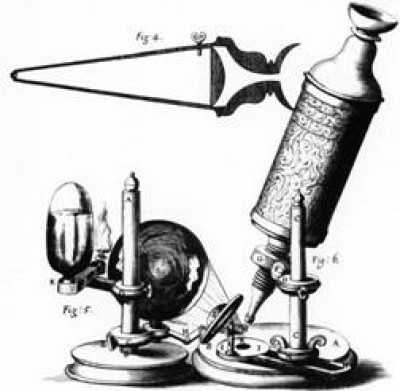
 Compare
Compare
The development of calculus – or the measurement of rates of change, if you’ve never really understood what calculus was but just nodded wisely when your teacher mentioned it – was not only one of the most significant advances ever in mathematics, but also led to one of the nastiest disputes in the history of science. It took place over nearly fifty years from the late 1660s to the first couple of decades of the eighteenth century and involved two of the greatest thinkers of all time: Gottfried Leibniz and Isaac Newton.
0 Lessons
Hours
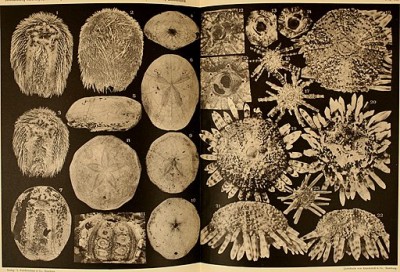
 Compare
Compare
Compared with astronomy, physics, chemistry and biology, palaeontology is a very new academic discipline. By the early nineteenth century, Herschel had discovered Uranus (1781) and two of Saturn’s moons (1789), Priestly and Scheele had identified oxygen (1773 – 4) and Black carbon dioxide (1754). Newton had published his laws of gravity and motion (1687). Lavoisier had announced his theory of the conservation of matter (1782); van Leeuwenhoek had observed bacteria through a microscope (1683) and Lamarck had proposed a theory of evolution (1809). Despite these and many more discoveries and the invention of the ingenious machines that made the Industrial Revolution, not a single fossil of an extinct animal had been recognized.
0 Lessons
Hours
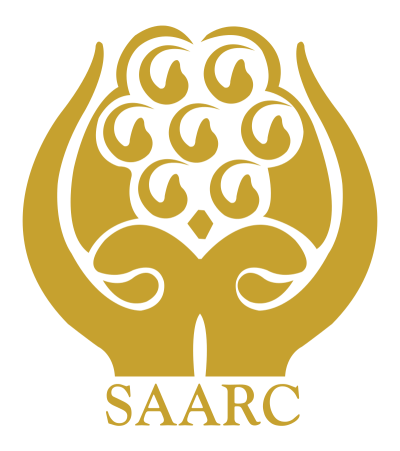
 Compare
Compare
It was Ziaur Rahman, President of Bangladesh, who, in 1977, addressed letters to the leaders of the six other South Asian countries calling for a trade alliance between Bangladesh, Bhutan, India, the Maldives, Nepal, Pakistan and Sri Lanka. This had long been discussed between the seven nations – in fact, in 1947 in New Delhi; in 1950 in Manila, Philippines; and in 1954 in Colombo but there had been no real progress. It took General Zia to push the agenda forward in the late ‘70s.
0 Lessons
Hours
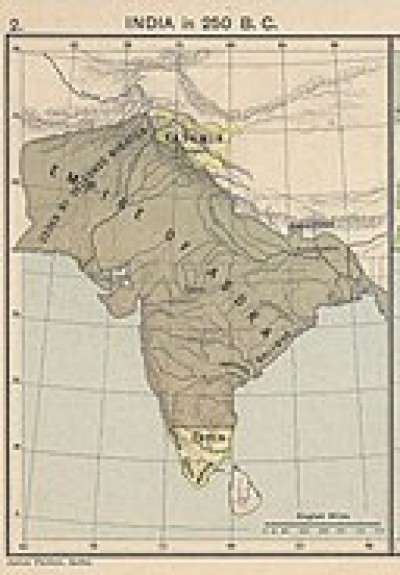
 Compare
Compare
Alexander the Great’s own armies forced him to retreat from Northern India in 324 BC, worried that they would never see their homeland, their families or friends again and prevented the young king from conquering the whole of the Indian sub-continent. But his speedy departure left a power vacuum, as the generals he left behind to rule soon started to fight among themselves. It was Chandragupta Maurya, who founded the Mauryan dynasty that quickly moved in to take advantage of the gap left by Alexander. And it is in Greek historical records that we first learn of his achievements.
0 Lessons
Hours
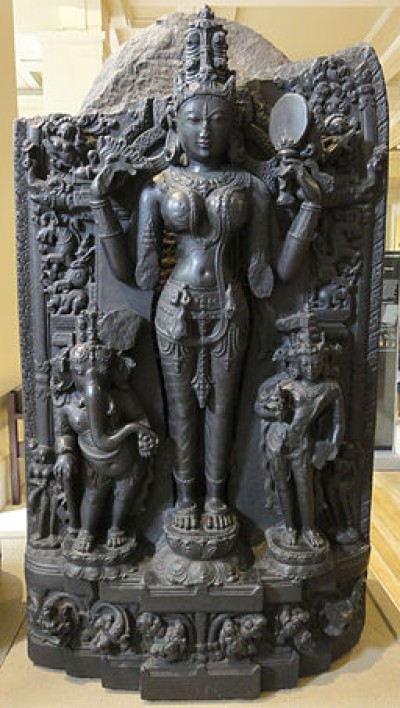
 Compare
Compare
The Pala Empire is often referred to as the Golden Age of India because of its support for literature, philosophy, innovative architecture, painting, and science. During the rule of the Pala emperors, an early version of Bangla was first used in writing and close relations developed with the Abbasid rulers of the Middle East, who borrowed Indian expertise in mathematics.
0 Lessons
Hours
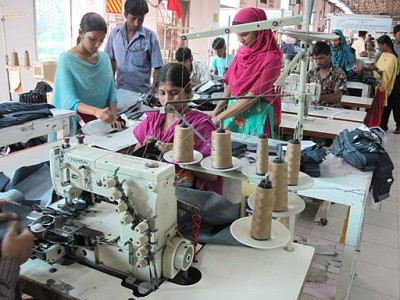
 Compare
Compare
The ready-made garment industry accounts for 80% of Bangladesh’s exports nowadays and is the largest source of foreign exchange earnings for the country. However, this is not the first time that Bengal has depended on textiles for state revenues. During the Mughal period, Bengal was the richest region of India because of its textile (and ship building) industries. Dhaka, with a larger population than London or any other European city, at one million inhabitants, had 80,000 skilled textile workers. 50% of all textiles and 80% of silk imported by the Dutch came from Bengal, for instance. Other sectors were quick to realize the profits they might earn from textiles too. Farmers, between 1600 and 1650, started to grow mulberries for silk production and cotton for the textile market. Muslin too was so often linked to Bengal that, in many countries, the material was actually called not ‘muslin’ but ‘daka’. In fact, the whole of India depended on Bengal’s thriving economy – most of whose revenues were from textiles.
0 Lessons
Hours
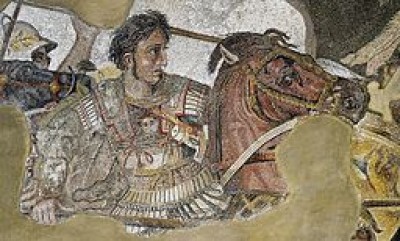
 Compare
Compare
In 356 BC, a prince was born in Macedon, just north of Greece. His father was a successful soldier, called Philip II, and was keen that his son would learn all the skills to prepare him, one day, to be king himself. He even employed the great philosopher, Aristotle, to be his teacher until he was sixteen years of age.
0 Lessons
Hours
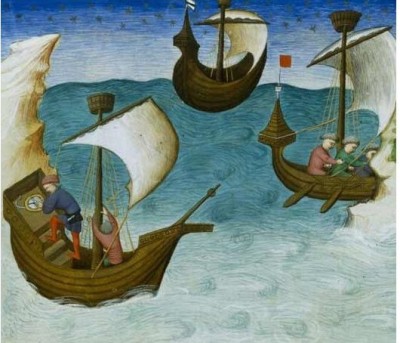
 Compare
Compare
Fifty thousand years ago, many people originated from the plains and forests where Europe and Asia meet (around the Ural Mountains). From there they went north, south, east and west, populating the lands they found.
0 Lessons
Hours
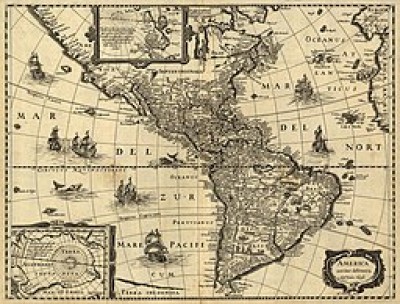
 Compare
Compare
The first great European empire was shared by the Spanish and Portuguese in Latin America. It was a direct result of Christopher Columbus, an Italian, discovering the continent in the late fifteenth century, using ships paid for by the King and Queen of Spain, Ferdinand and Isabella. (By the way, Columbus never got paid for his expedition, although Ferdinand and Isabella became the richest and most powerful sovereigns in Europe!)
0 Lessons
Hours